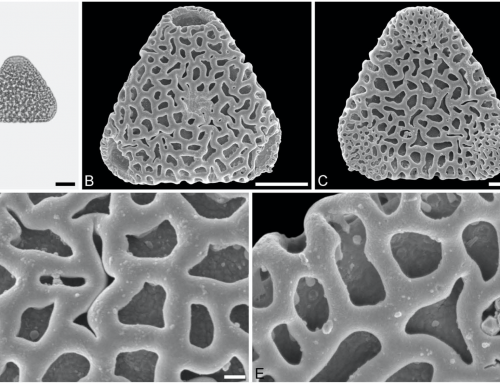Authors: Thomas Denk, Friðgeir Grímsson, Reinhard Zetter, Leifur A. Símonarson
The development of palaeobotanical research in Iceland reflects the emergence of palaeobotany as a science in Central Europe and has traditionally been closely tied to research activities in Denmark and Sweden. A major impetus for palaeontological research in Iceland and other Arctic areas came from the Swiss palaeontologist Oswald Heer, commencing in the mid-nineteenth century. Modern palaeontological research reflects current trends in palaeontology, namely, reconstructing climate changes and evolution from fossil plants and animals, and evaluating the importance of Iceland as part of a land bridge for intercontinental plant migration across the northern North Atlantic. Today, palaeontology has become closely tied to biology and a synthetic approach is emerging inferring biogeographic histories from phylogenies derived from modern organisms and from fossils.




